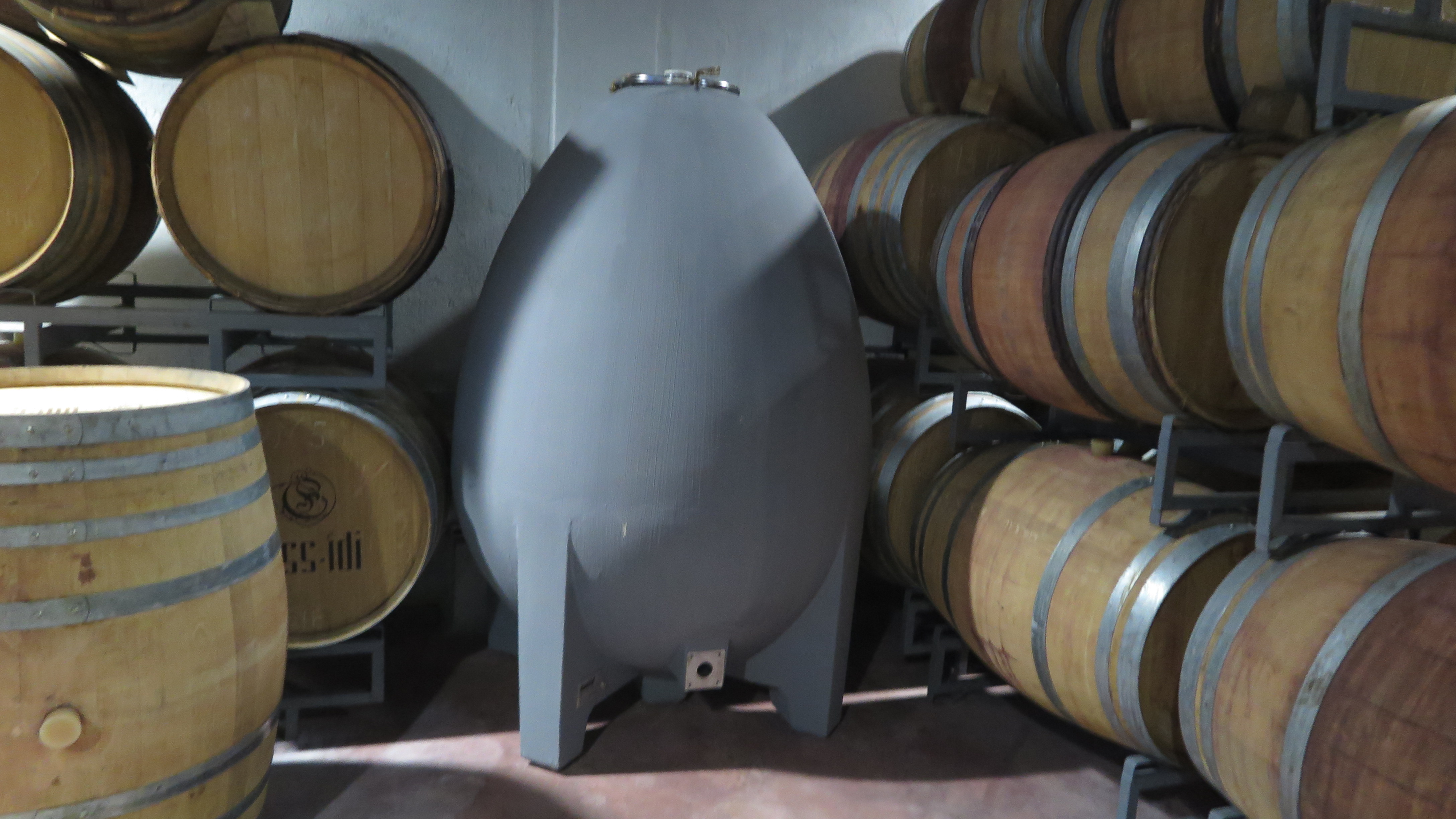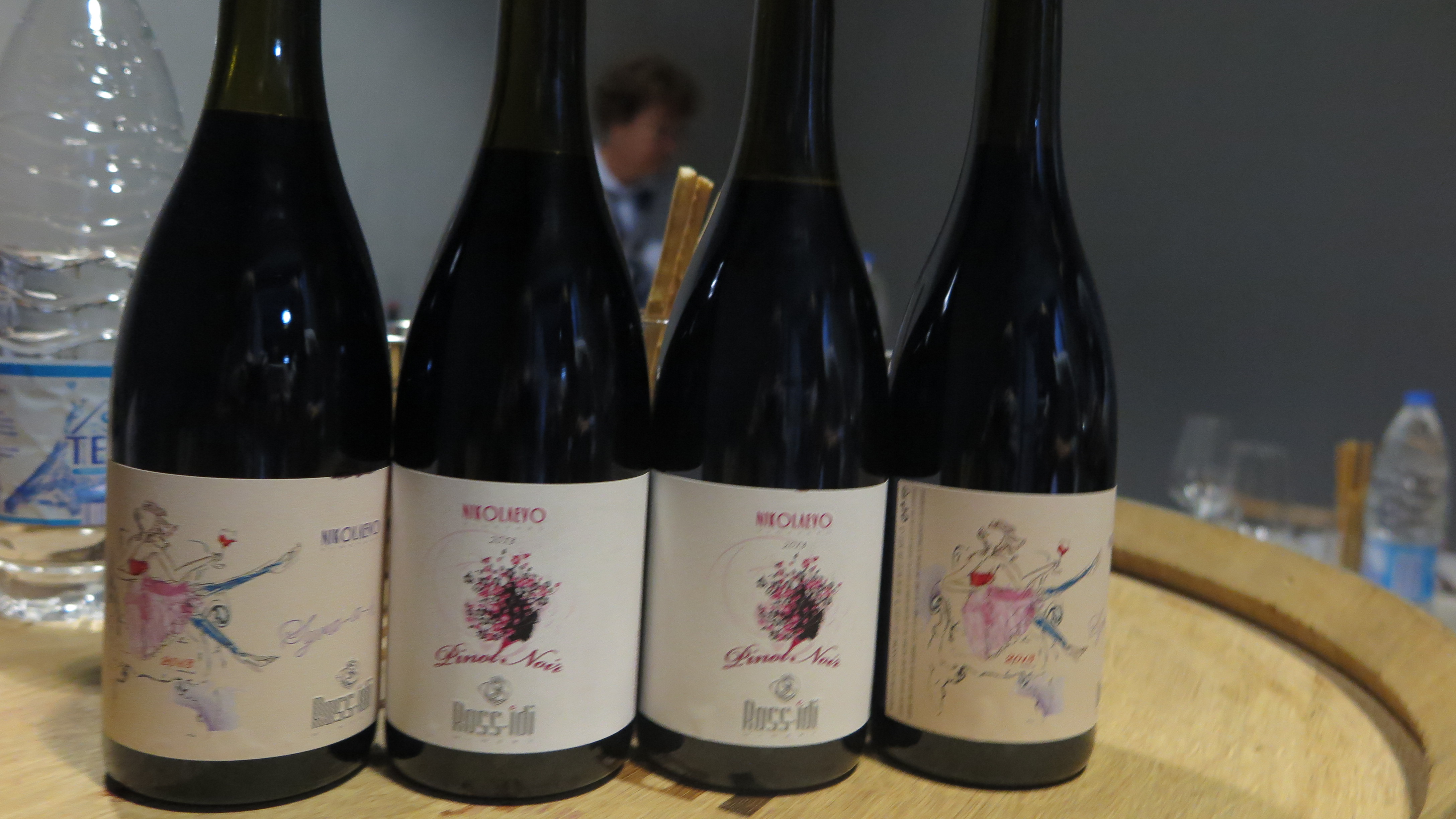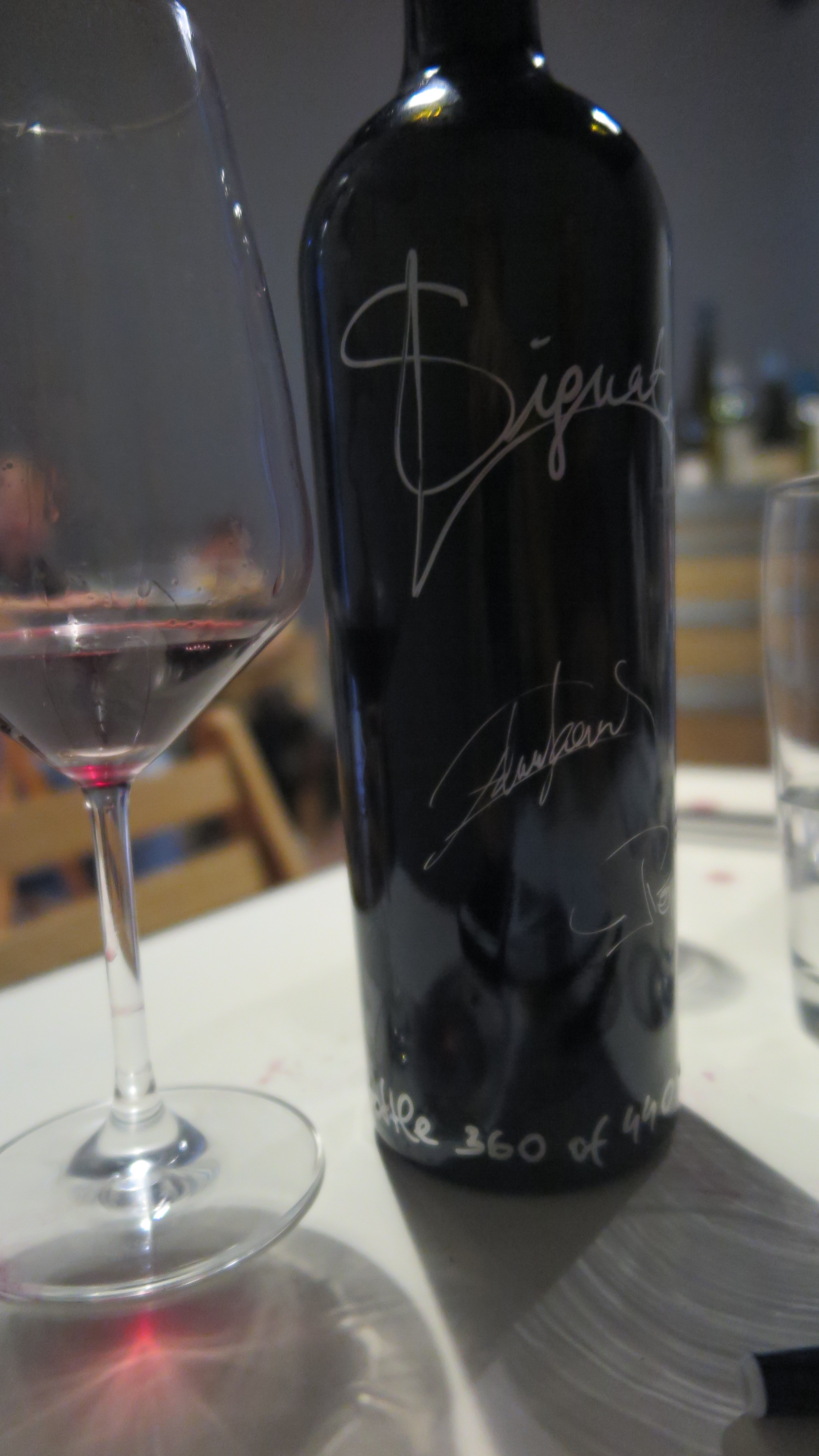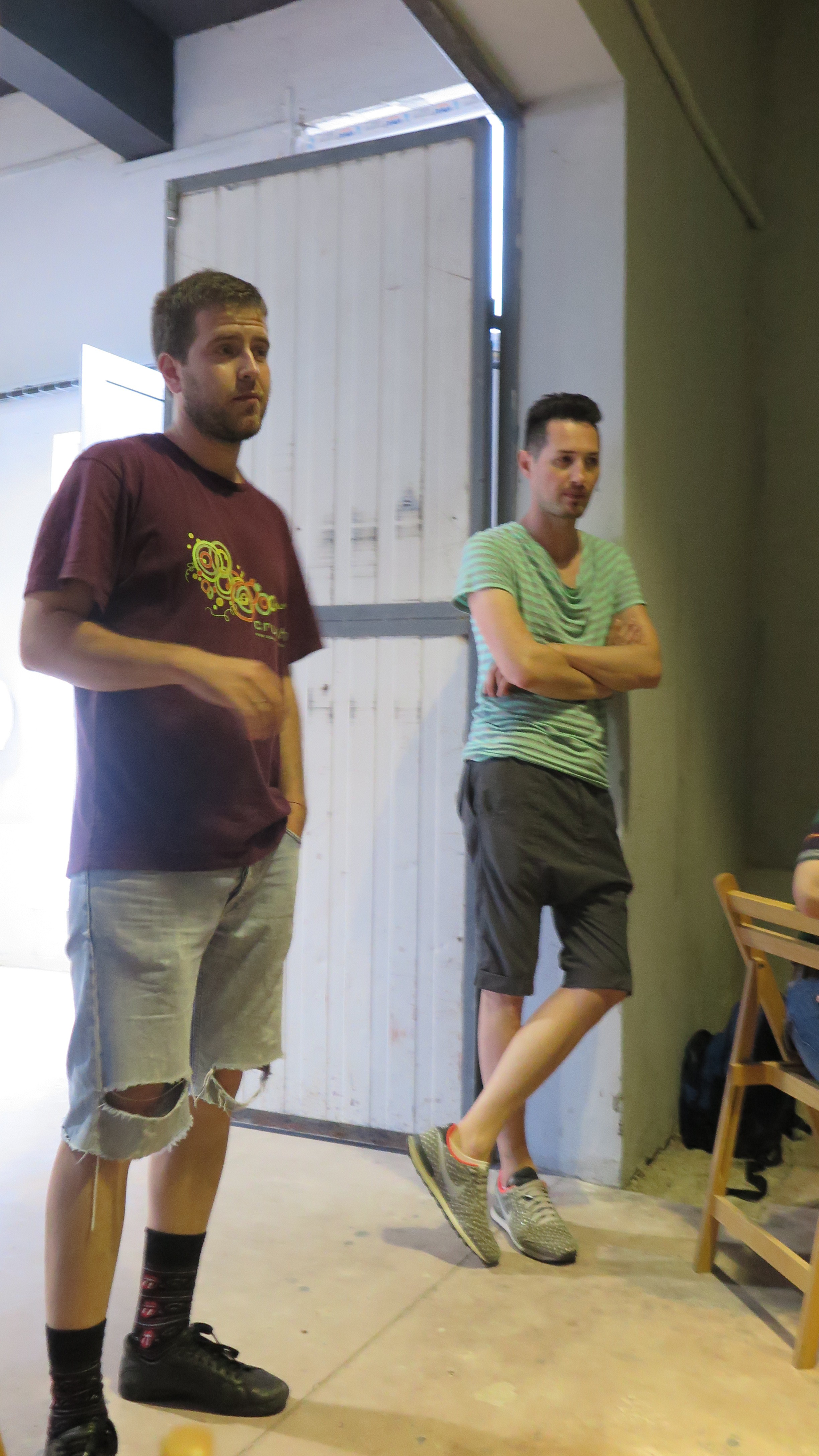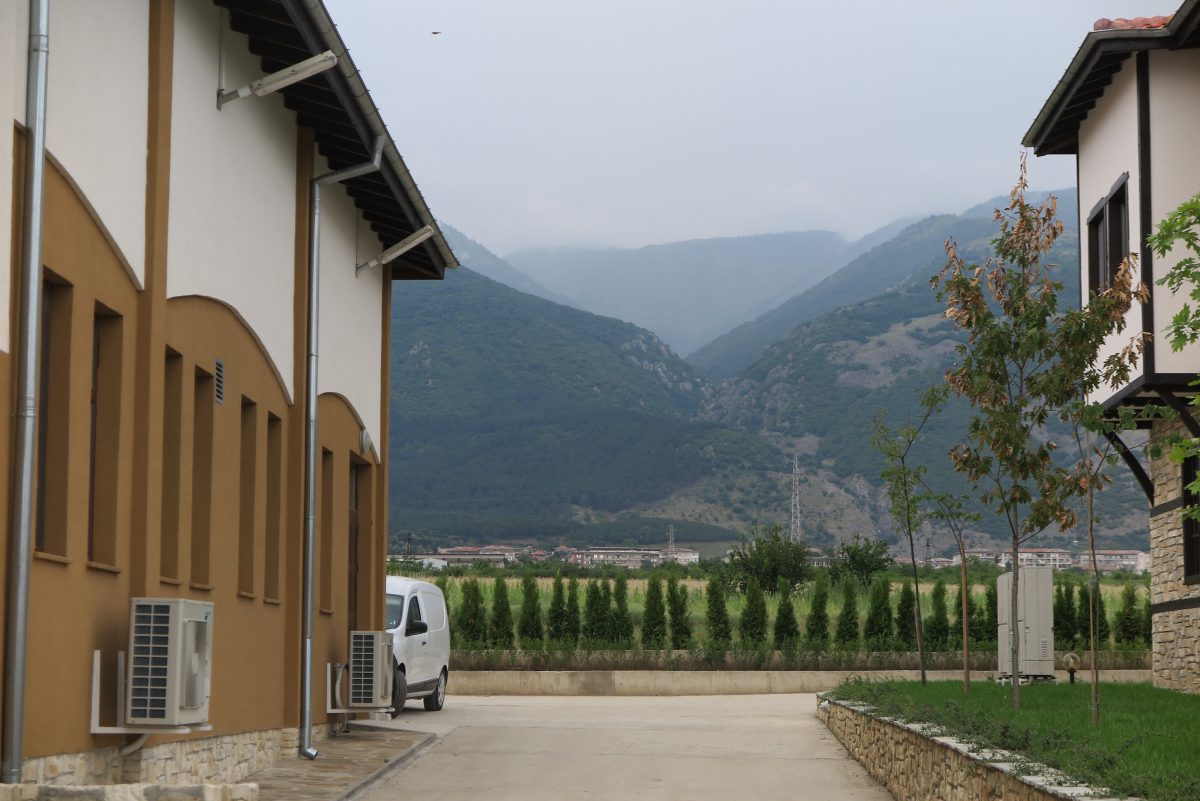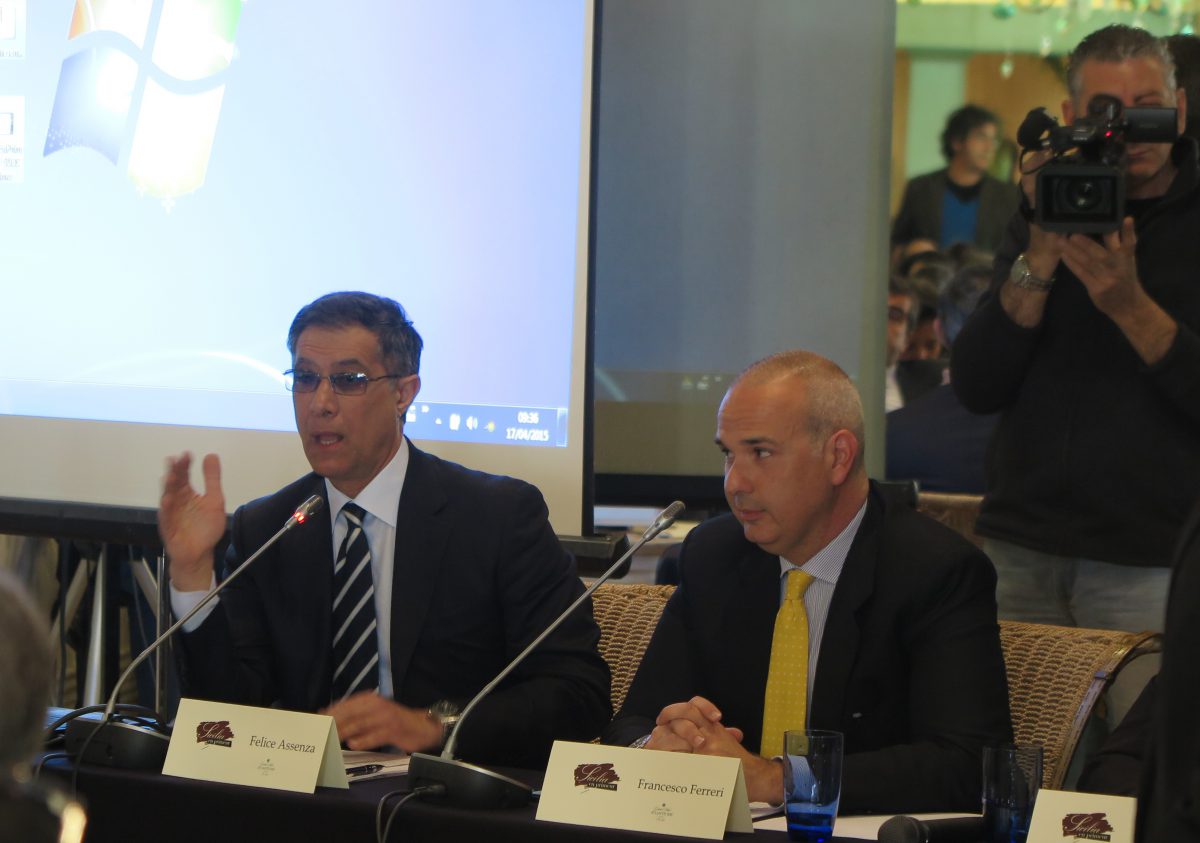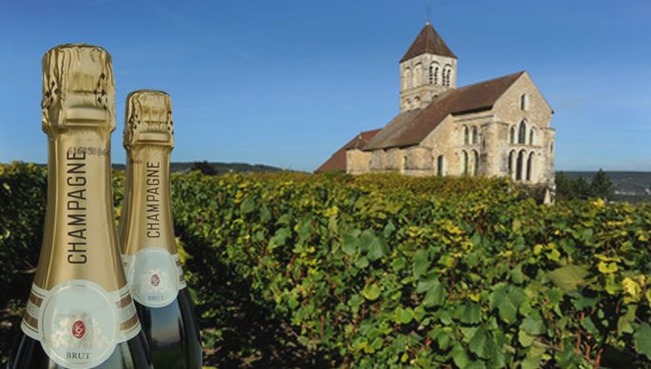 The French Ministry of Agriculture has released its latest estimates for the year 2015. They state that France has harvested approximately 47.7 million hectolitres. The 2015 harvest is up 1% up from last year (47.1 mhl) and up 4% on the five-year average. Production of PGI wines and base wines for brandy is showing a significant increase last year, respectively +5% and +6%. Conversely, production of appellation wines, at 21.61 mhl is marginally down (-2%) on 2014 but 3% higher than the five-year average.
The French Ministry of Agriculture has released its latest estimates for the year 2015. They state that France has harvested approximately 47.7 million hectolitres. The 2015 harvest is up 1% up from last year (47.1 mhl) and up 4% on the five-year average. Production of PGI wines and base wines for brandy is showing a significant increase last year, respectively +5% and +6%. Conversely, production of appellation wines, at 21.61 mhl is marginally down (-2%) on 2014 but 3% higher than the five-year average.
The Ministry of Agriculture ascribes the rise in estimated production to rainfall in August and September, which was particularly beneficial in the western part of the country, especially in Charentes. A report by Agreste states that “bunch weight is one of the highest this decade”. It also points to a surge in production of Cognac compared with previous estimates, with an extra 1 mhl harvested by producers.
France was divided into two halves this year, with the eastern part of the country enduring less favourable weather conditions than other regions. Drought affected Burgundy, Beaujolais and Corsica and reduced production potential compared with August forecasts. Alsace, which was also affected, but to a lesser extent. In the South-East of France, periods of rain in September brought forward harvesting and caused some losses. In Languedoc-Roussillon, the crop is expected to be virtually on a par with last year’s.
Source: Vitisphere

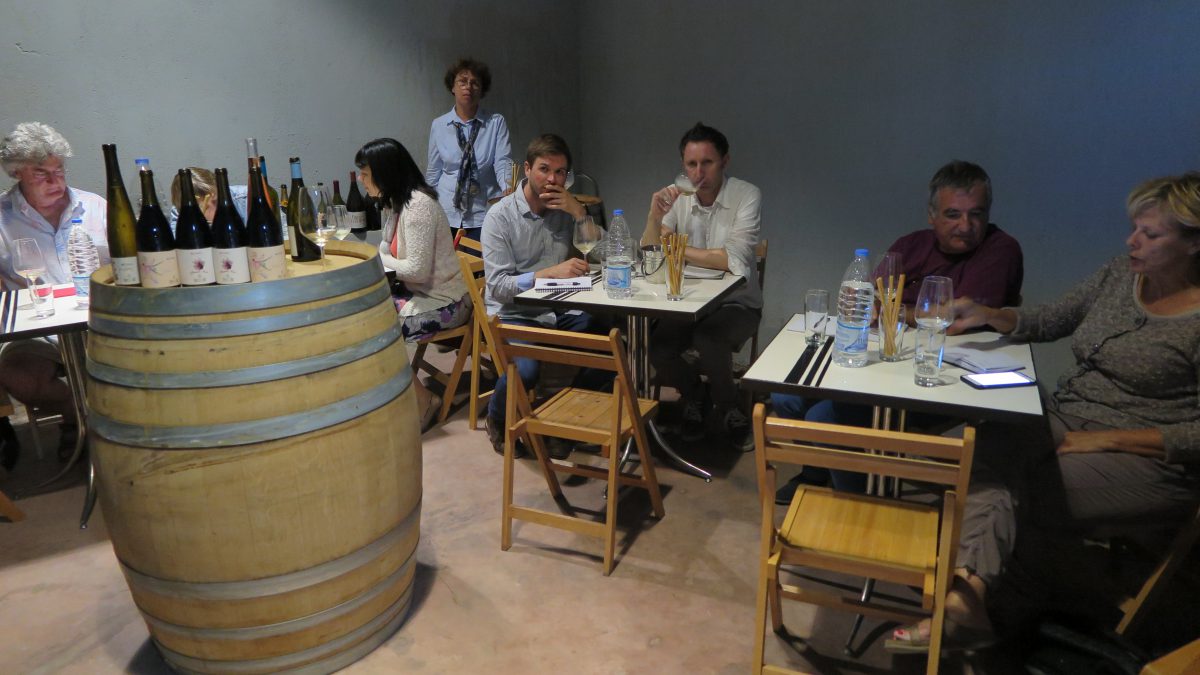
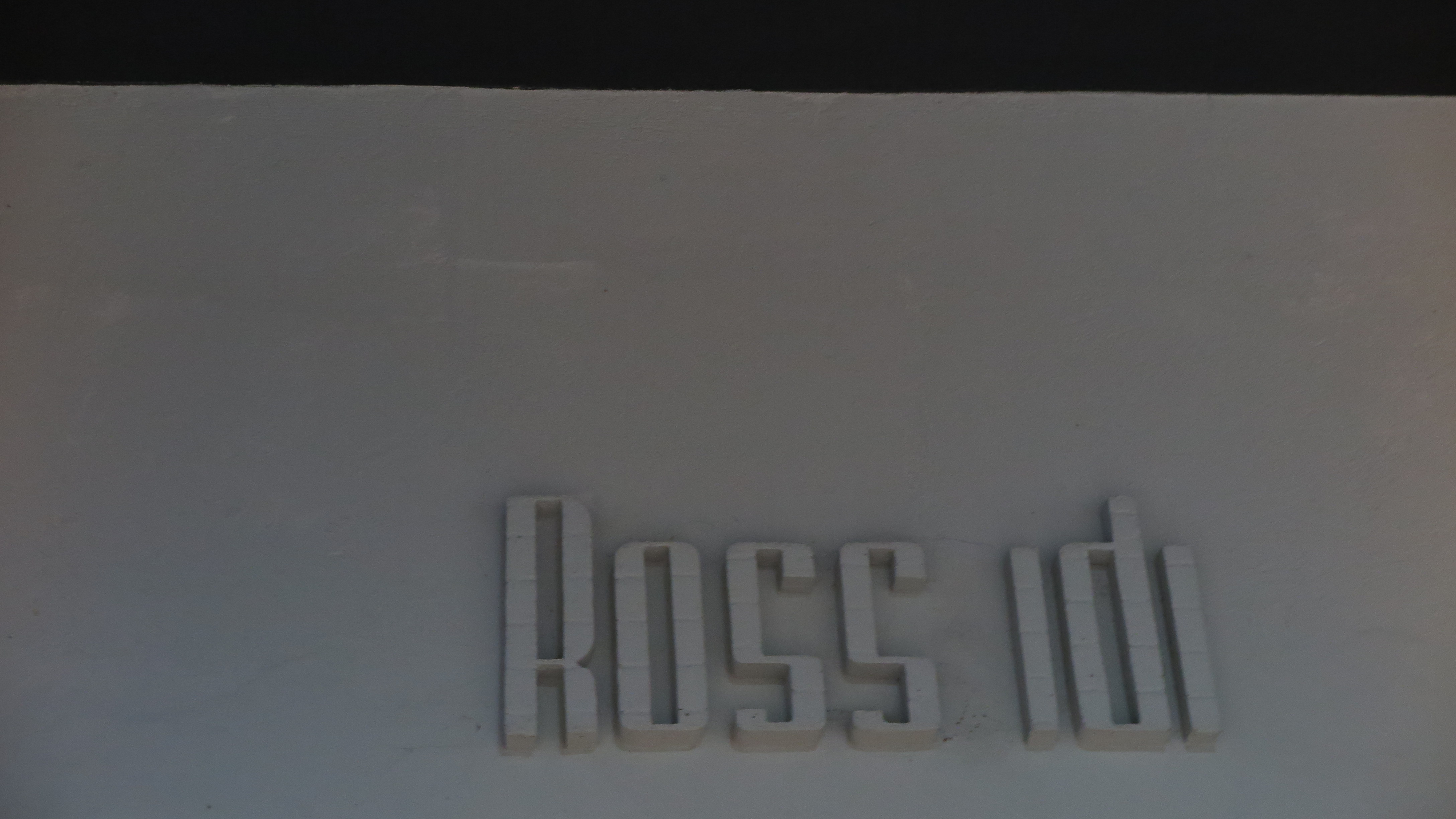 Edward Kourian, owner of Rossidi Winery has been travelling with us throughout this journey and I was really looking forward to visiting his facility and tasting his wines. We drove into a gated industrial facility and parked. We have arrived at Rossidi Winery. So unique – just like the owner and his wines!
Edward Kourian, owner of Rossidi Winery has been travelling with us throughout this journey and I was really looking forward to visiting his facility and tasting his wines. We drove into a gated industrial facility and parked. We have arrived at Rossidi Winery. So unique – just like the owner and his wines!